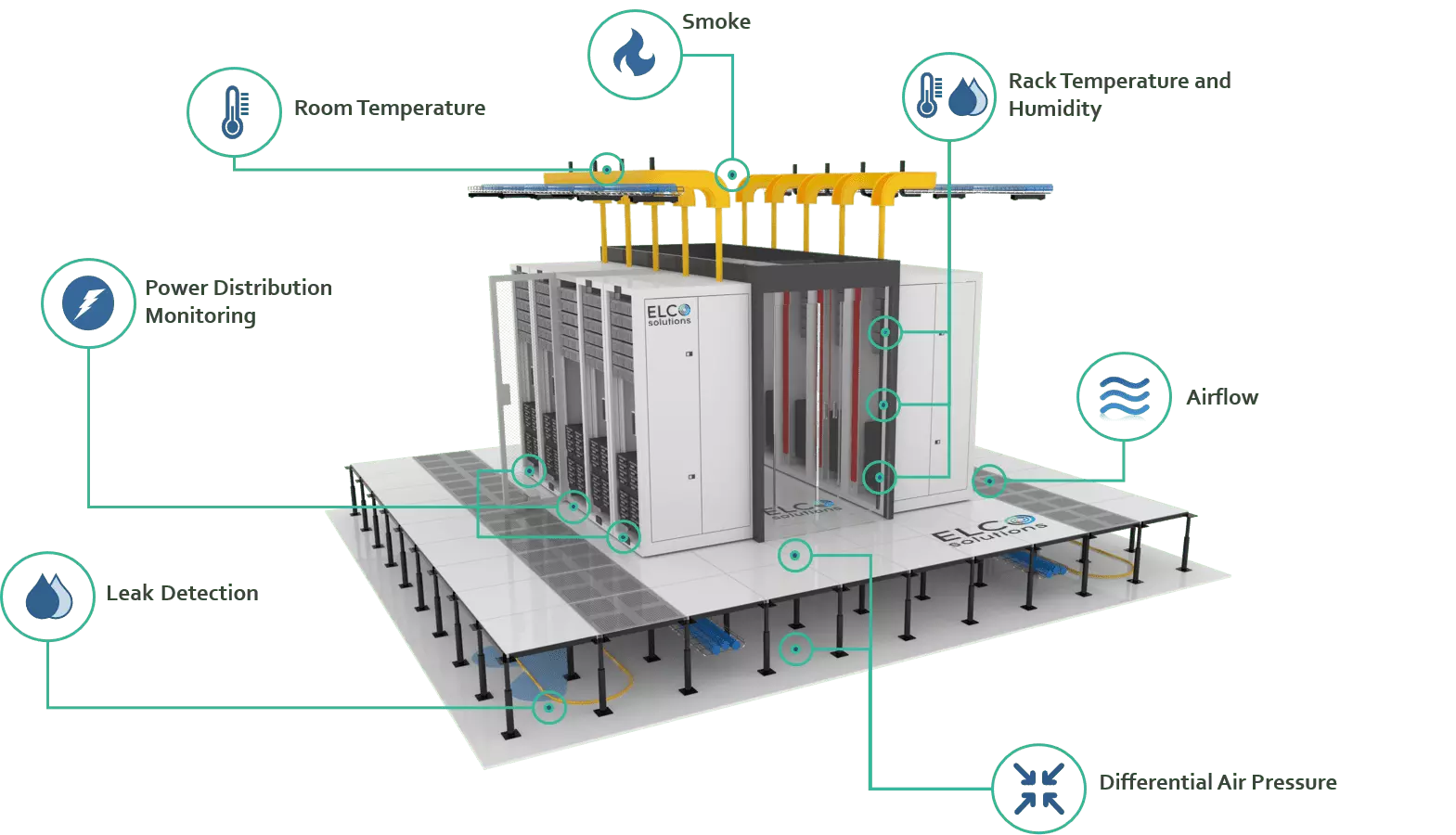Data Center Monitoring Updates in 2024

Introduction:
As technology continues to advance at a rapid pace, data centers play a crucial role in supporting the ever-increasing demand for storage, processing power, and connectivity. In 2024, data center monitoring systems have undergone significant updates, embracing new technologies and strategies to enhance efficiency, reliability, and overall performance. In this blog post, we will explore some of the key updates in data center monitoring in 2023 and their impact on the industry.
Data Center Monitoring Updates:
1. Artificial Intelligence (AI) and Machine Learning (ML) Integration:
AI and ML have revolutionized various industries, and data center monitoring is no exception. In 2024, data center operators are increasingly leveraging AI and ML algorithms to analyze vast amounts of data and identify patterns, anomalies, and potential issues in real-time. This integration enables predictive maintenance, proactive problem resolution, and intelligent resource allocation, leading to improved uptime, reduced costs, and optimized energy consumption.
2. Internet of Things (IoT) Sensors:
IoT sensors have become more prevalent in data centers, providing granular visibility into various environmental and operational parameters. In 2024, data center monitoring systems are equipped with a wide array of IoT sensors, including temperature, humidity, airflow, power usage, and water leakage sensors. These sensors enable continuous monitoring, early detection of anomalies, and precise control of environmental conditions, ensuring optimal performance and preventing equipment failures.
3. Edge Computing Monitoring:
With the rise of edge computing, data centers are becoming more distributed, necessitating comprehensive monitoring solutions tailored for edge environments. In 2024, data center monitoring tools have evolved to support edge computing infrastructures, allowing operators to monitor and manage remote edge sites effectively. This includes real-time visibility into power usage, latency, bandwidth, and security across multiple edge locations, enabling efficient resource allocation and rapid issue resolution.
4. Enhanced Security and Threat Detection:
Data centers house vast amounts of sensitive information, making security a top priority. In 2024, monitoring systems have been fortified with advanced security features to combat evolving cyber threats. These updates include sophisticated threat detection algorithms, anomaly detection mechanisms, and real-time alerts for potential breaches or suspicious activities. Additionally, compliance monitoring and audit functionalities have been strengthened to meet the ever-changing regulatory landscape.
5. Data Visualization and Analytics:
In 2024, data center monitoring tools have embraced advanced data visualization and analytics capabilities. Rich graphical representations, customizable dashboards, and intuitive reporting enable operators to gain valuable insights into data center performance, capacity utilization, and efficiency. These tools empower decision-making, capacity planning, and optimization efforts, allowing for data-driven improvements in resource allocation and overall operational effectiveness.
6. Automation and Orchestration:
Automation plays a vital role in streamlining data center operations, and in 2024, monitoring systems have advanced their automation and orchestration capabilities. Through integration with IT service management (ITSM) platforms and orchestration tools, data center monitoring can trigger automated actions, such as adjusting cooling systems, provisioning additional resources, or redirecting workloads to optimize performance and energy efficiency. This integration simplifies operations, reduces human errors, and enables efficient utilization of resources.
Conclusion:
In 2024, data center monitoring has evolved significantly to meet the demands of an increasingly complex and dynamic landscape. The integration of AI, ML, IoT sensors, and advanced analytics has empowered operators with real-time insights, predictive capabilities, and proactive maintenance. Security enhancements, automation, and orchestration features have further bolstered efficiency, reliability, and resource utilization. As data centers continue to evolve, monitoring systems will play a crucial role in ensuring optimal performance and facilitating the seamless operation of critical infrastructure.


